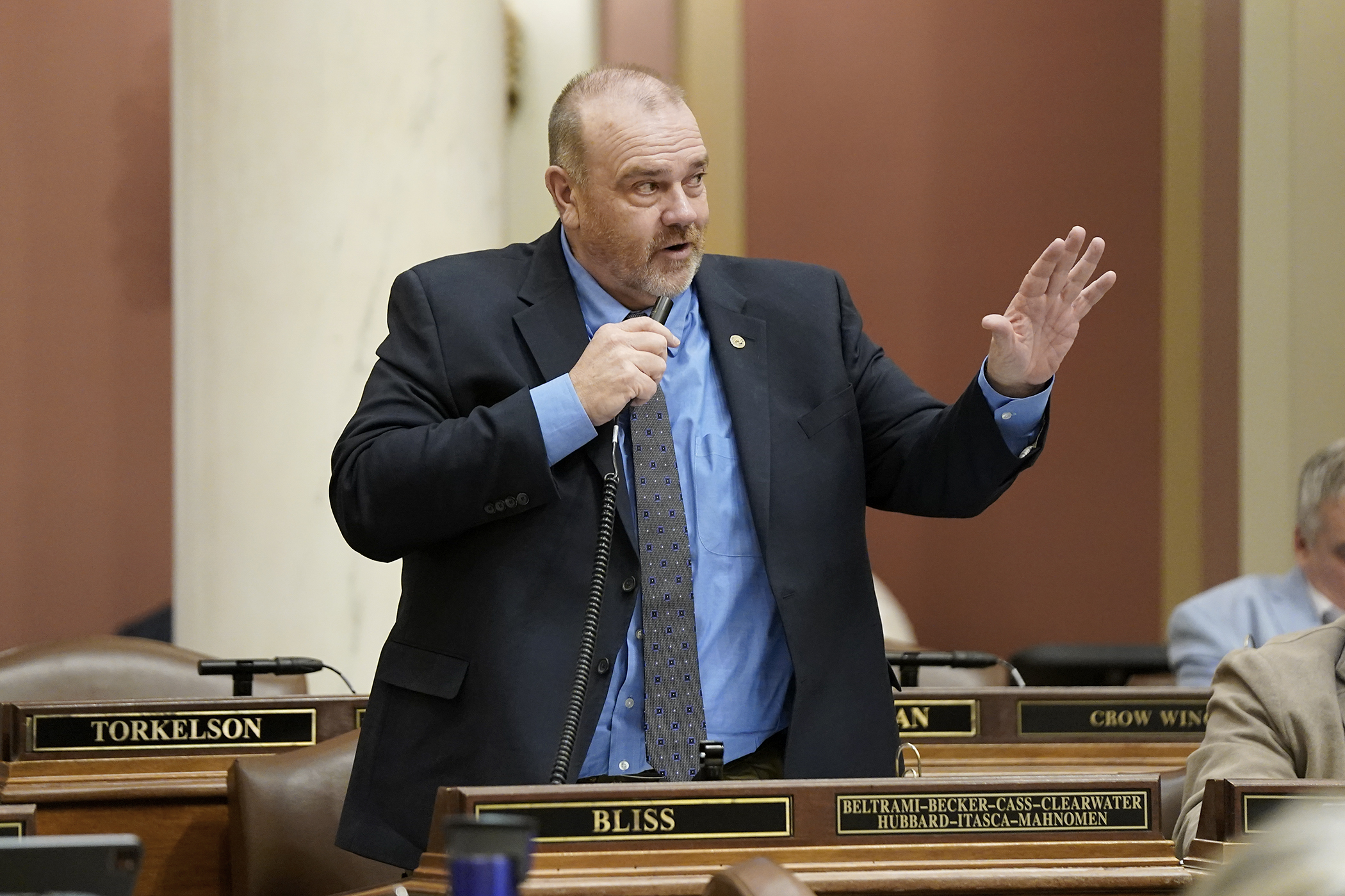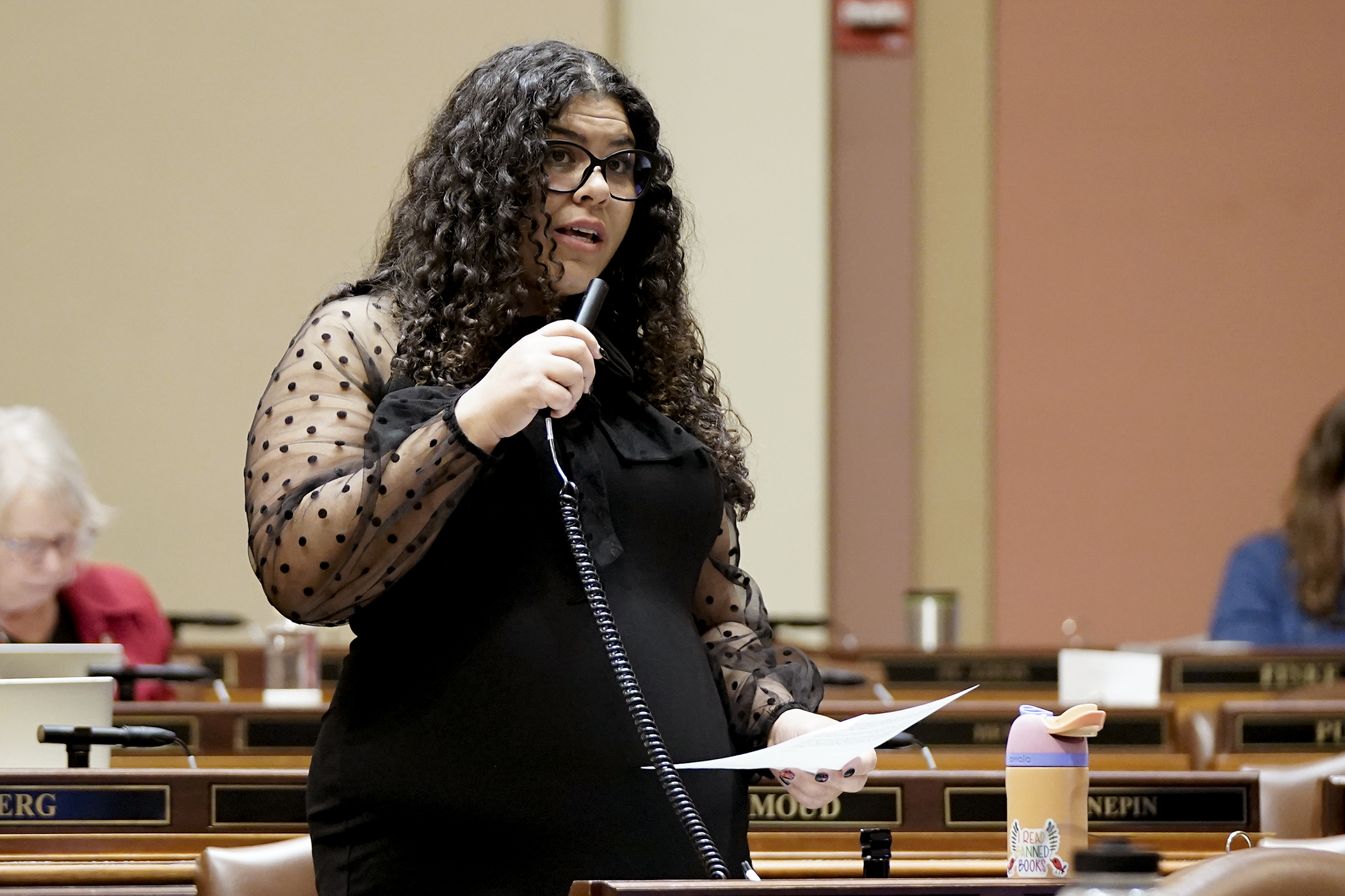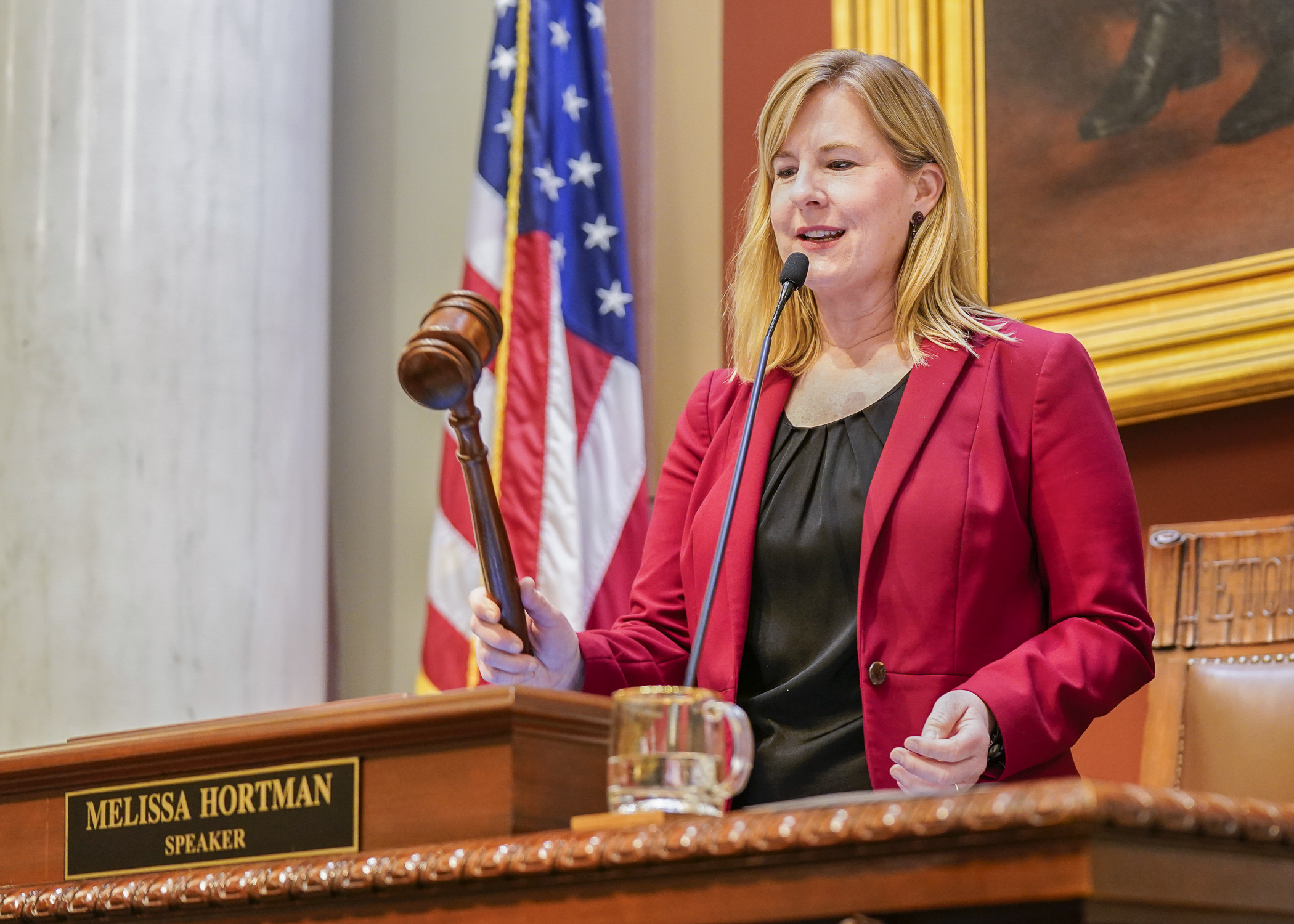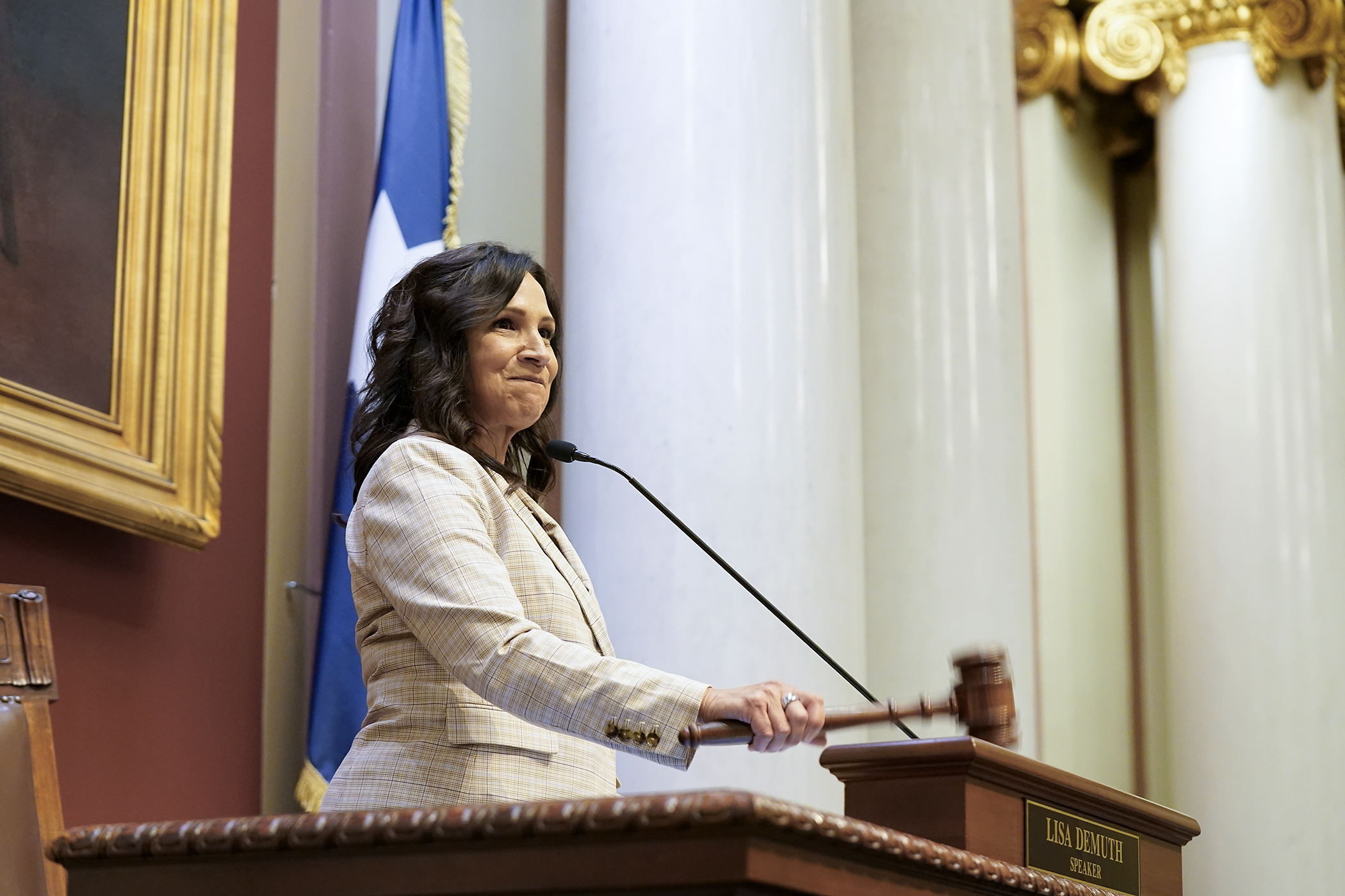Bill to expand right to self-defense in Minnesota fails House vote

In Minnesota, you can use force, even deadly force, to defend yourself provided you first try to get away from your attacker and your counterforce is commensurate with the danger you are facing.
And that “duty to retreat” legal standard will remain the case because the House was unable to garner enough votes Thursday to pass HF13, which would have allowed a person to use reasonable force in self-defense “regardless of whether a reasonable possibility of retreat to avoid the danger exists.”
“This is not a ‘shoot first’ bill that you’re going to hear tonight,” said Rep. Matt Bliss (R-Pennington), the bill sponsor. Nor, he said, would it unleash unlawfulness whereby people are shooting each other over disputed parking spaces.
Needing 68 House votes for passage, the bill could only garner party-line results with 67 affirmative votes but 65 negative votes. It was then reconsidered and tabled in a pair of procedural moves.
 Rep. Athena Hollins speaks in opposition to HF13 on the House Floor March 6. (Photo by Michele Jokinen)
Rep. Athena Hollins speaks in opposition to HF13 on the House Floor March 6. (Photo by Michele Jokinen)“Judicial overreach” is the impetus for the bill, Bliss said. “The courts have once again taken upon themselves to expand the duty to retreat to merely include the threat of use of force.”
He was referring to what he called an erroneous July 2024 Minnesota Supreme Court decision in State v. Blevins that held the duty to retreat applies even in so-called “fear” assaults involving the threatened use of a deadly weapon in addition to physical actions to actually cause harm to another person.
“Minnesotans should never have to weigh the risk of legal jeopardy when making a split-second decision to defend their lives or their families,” Bliss said in a post-session statement. “My bill clarifies that when individuals act in lawful self-defense, they do not have to consider whether retreat is possible, which is nearly impossible to determine in the heat of a dangerous encounter.”
The bill would not have changed existing law whereby the level of force a person uses must not be excessive and a person cannot use deadly force unless the person reasonably believes that the other person is threatening to cause great bodily harm or death.
Minnesota has a version of the “Castle Doctrine” which says that people in their homes are not required to retreat and can use deadly force to prevent the commission of any felony inside the dwelling. The level of force must still be reasonable — if a threat ends, the right to use force ends.
DFL opposition
Several DFL members said giving more leeway to initiate self-defense force would make society a lot less safe, and that the bill would in essence allow a person “to shoot first and ask questions later.”
“Stand your ground or shoot first laws don’t just modify self-defense,” said Rep. Cedrick Frazier (DFL-New Hope). “They fundamentally erode justice and escalate violence. These laws empower individuals to act as judge, jury and executioner in mere seconds.”
He added that these laws also exacerbate the systemic racism prevalent in the criminal justice system. “Homicides involving white shooters and Black victims are ruled justified five to 10 times more often than when the roles are reversed.”
Rep. Athena Hollins (DFL-St. Paul) said the bill would make Minnesotans less safe.
“We do not need to make killing people easier.”
Related Articles
Search Session Daily
Advanced Search OptionsPriority Dailies
Speaker Emerita Melissa Hortman, husband killed in attack
By HPIS Staff House Speaker Emerita Melissa Hortman (DFL-Brooklyn Park) and her husband, Mark, were fatally shot in their home early Saturday morning.
Gov. Tim Walz announced the news dur...
House Speaker Emerita Melissa Hortman (DFL-Brooklyn Park) and her husband, Mark, were fatally shot in their home early Saturday morning.
Gov. Tim Walz announced the news dur...
Lawmakers deliver budget bills to governor's desk in one-day special session
By Mike Cook About that talk of needing all 21 hours left in a legislative day to complete a special session?
House members were more than up to the challenge Monday. Beginning at 10 a.m...
About that talk of needing all 21 hours left in a legislative day to complete a special session?
House members were more than up to the challenge Monday. Beginning at 10 a.m...